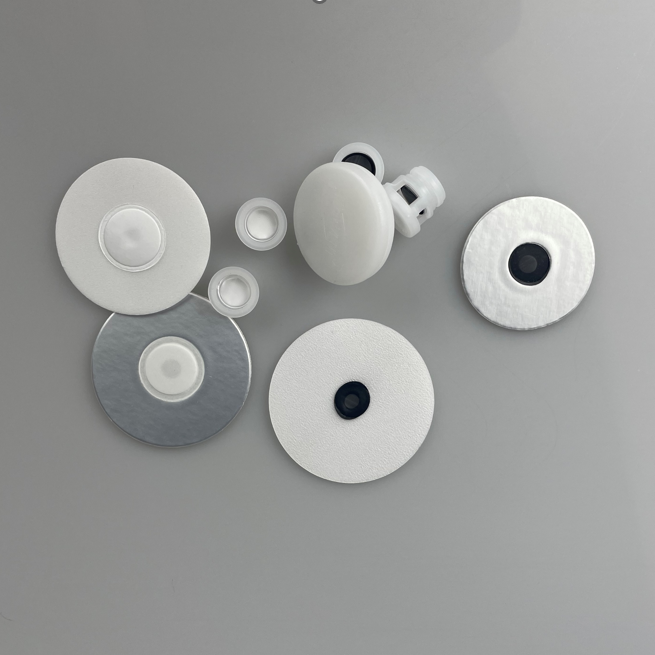air permeable bottle cap
The air permeable bottle cap represents a revolutionary advancement in packaging technology, designed to maintain optimal product quality while ensuring proper ventilation. This innovative closure system incorporates specialized microporous membranes that allow controlled gas exchange between the bottle's interior and external environment. Unlike traditional solid caps that create complete seals, the air permeable bottle cap facilitates selective permeability, enabling specific gases to pass through while maintaining product integrity. The technology behind these caps involves sophisticated material engineering, utilizing breathable polymers and micro-filtration systems that regulate airflow according to precise specifications. These caps feature multi-layered construction with breathable zones strategically positioned to optimize ventilation patterns. The primary function centers on preventing pressure buildup inside containers while protecting contents from contamination and moisture infiltration. Manufacturing processes employ advanced polymer science to create microscopic pores that maintain structural integrity while allowing controlled air circulation. The air permeable bottle cap finds extensive applications across pharmaceutical, food and beverage, chemical, and industrial sectors where maintaining atmospheric balance is crucial. In pharmaceutical applications, these caps prevent vacuum formation that could affect medication stability, while in food packaging, they help maintain freshness by allowing natural respiration processes. The technology also incorporates safety features including tamper-evident designs and child-resistant mechanisms where required. Quality control measures ensure consistent performance across different environmental conditions, making the air permeable bottle cap suitable for diverse geographic markets. The manufacturing process involves precision molding techniques that create uniform pore distribution throughout the breathable membrane. Advanced testing protocols verify permeability rates, ensuring each cap meets specific industry standards for gas exchange while maintaining protective barriers against external contaminants.


